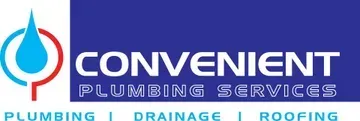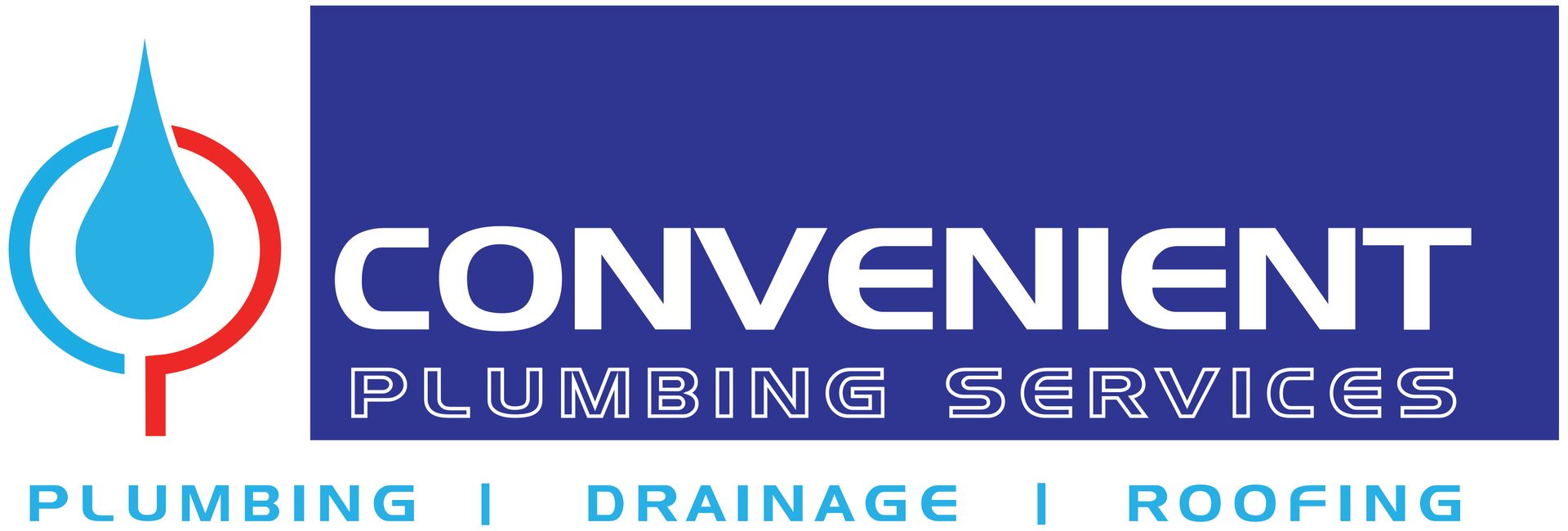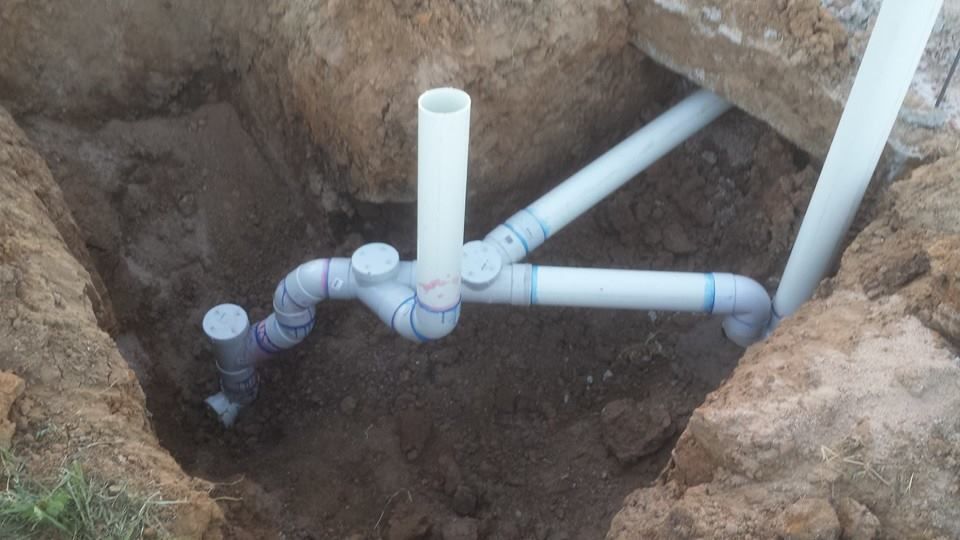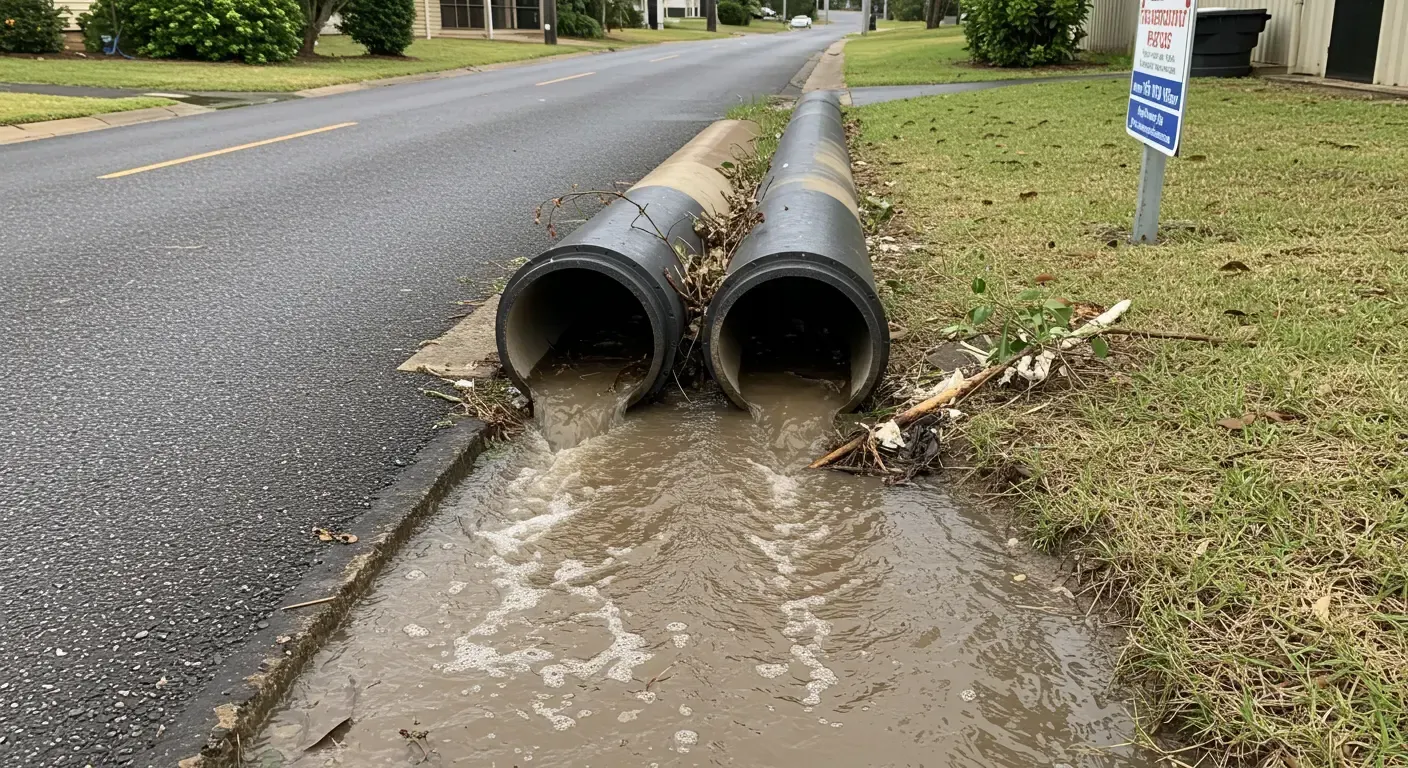When it comes to home disasters, plumbing emergencies are among the most stressful. A burst pipe, overflowing toilet, or flooded kitchen can create panic situations in seconds. The key to reducing damage and stress is knowing exactly what to do before the professionals arrive.
At Convenient Plumbing Services, we understand how quickly a minor leak can escalate into a major headache. That’s why our team offers 24/7 plumbing emergency service and we want to empower you with the right steps to take while waiting for help to arrive.
In this blog, we’ll guide you through what to do in a plumbing emergency to protect your home, minimise water damage, and stay safe.
1. Stay Calm and Assess the Situation
The first thing to do is breathe and stay calm. Panic can lead to poor decisions. Instead, take a moment to assess what’s going on.
✔ Where is the water coming from?
✔ Is it a slow leak or a sudden burst?
✔ Can you access the source?
Understanding the issue will help you act quickly and give accurate information when you call for emergency help.
2. Shut Off the Water Supply Immediately
Stopping the water flow is critical. The faster you do this, the less damage you’ll face.
✔ For isolated issues (e.g. leaking toilet or tap), turn off the shut-off valve located near the fixture.
✔ For bigger emergencies (like a burst pipe), locate and turn off the main water valve. This is usually found near the front of your house, close to the meter.
If you’re unsure where your valves are, now is a great time to familiarise yourself—before an emergency hits.
3. Switch Off Your Hot Water System
If hot water is involved, especially with a burst tank or hot water leak, you need to shut off the hot water unit. This prevents pressure build-up and can avoid further issues.
✔ For electric systems: Turn it off at the circuit breaker.
✔ For gas systems: Turn off the gas valve.
Be cautious—hot water systems are under pressure and can be dangerous if mishandled.
4. Drain Excess Water from the Pipes
Once the water supply is shut off, open your taps and fixtures to allow the remaining water in the pipes to drain out. This can help reduce internal pressure and limit any additional leaking.
Don’t forget to flush toilets to clear out the water from the cistern as well.
5. Protect Your Home and Belongings
Now that the water has stopped, it’s time to minimise the damage.
✔ Use towels, mops, and buckets to soak up and collect water.
✔ Move furniture, electronics, and valuables away from affected areas.
✔ Place waterproof items under legs of furniture if you can’t move them.
✔ Turn off power to affected areas if water is near electrical outlets.
Taking these precautions will help prevent costly repairs and keep your household safe.
6. Avoid DIY Plumbing Fixes
It’s tempting to try and fix the issue yourself, especially with tools lying around. But unless you’re trained, DIY plumbing can make the problem worse—and even dangerous.
Temporary solutions like pipe tape or sealants may help slow the leak, but don’t attempt major repairs. Leave that to a professional plumbing emergency service.
7. Take Photos for Insurance Documentation
If the plumbing emergency has caused significant water damage, take quick photos or videos with your phone. Insurance providers often require visual evidence for claims.
Document:
✔ The source of the leak
✔ Damage to floors, walls, or furniture
✔ Any appliances affected
This simple step could save you stress later when dealing with your insurance company.
8. Ventilate the Area
If there’s a lot of water in your home, open windows and doors to allow air circulation. This helps prevent the growth of mould and mildew, especially in humid conditions.
If safe, you can also use fans to speed up the drying process.
9. Call a Professional Plumbing Emergency Service
After containing the situation, contact a trusted emergency plumbing service like Convenient Plumbing Services. We’re available 24/7 and dispatch plumbers quickly to resolve your issue.
When calling, provide clear details:
✔ Type of issue (burst pipe, blocked drain, overflowing toilet, etc.)
✔ When it started
✔ What steps you’ve already taken
This helps our team prepare and get the job done faster when they arrive.
10. Have an Emergency Plumbing Kit on Hand
Every household should have a basic emergency kit for plumbing issues. It doesn’t need to be complicated—just a few essentials can make a big difference.
Recommended items:
✔ Adjustable wrench
✔ Duct tape or pipe repair tape
✔ Plunger
✔ Bucket
✔ Towels and rags
✔ Flashlight
These tools can help you manage a situation while you wait for the plumber to arrive.
Why Choose Convenient Plumbing Services for Emergency Repairs?
Plumbing emergencies don’t follow a 9-to-5 schedule—and neither do we. At Convenient Plumbing Services, we offer:
✔ 24/7 emergency response
✔ Licensed and insured plumbers
✔ Fast arrival times
✔ Affordable, transparent pricing
✔ Fully stocked vans ready for most emergencies
Whether it’s the middle of the night or a public holiday, you can rely on our expert team to handle your plumbing disaster swiftly and professionally.
Final Thoughts
Plumbing emergencies can be overwhelming, but the right response can dramatically reduce the damage. Remember to stay calm, stop the water, and protect your home while you wait for help.
And when you need fast, reliable plumbing emergency service, trust the professionals at
Convenient Plumbing Services. We’re here to help 24 hours a day, 7 days a week.



